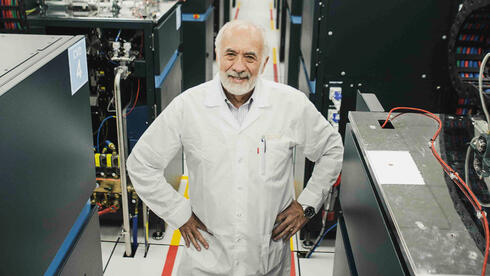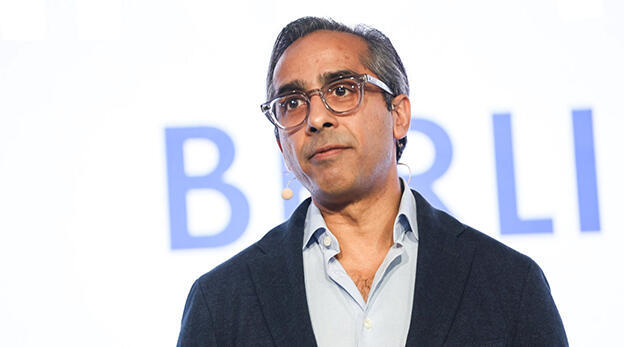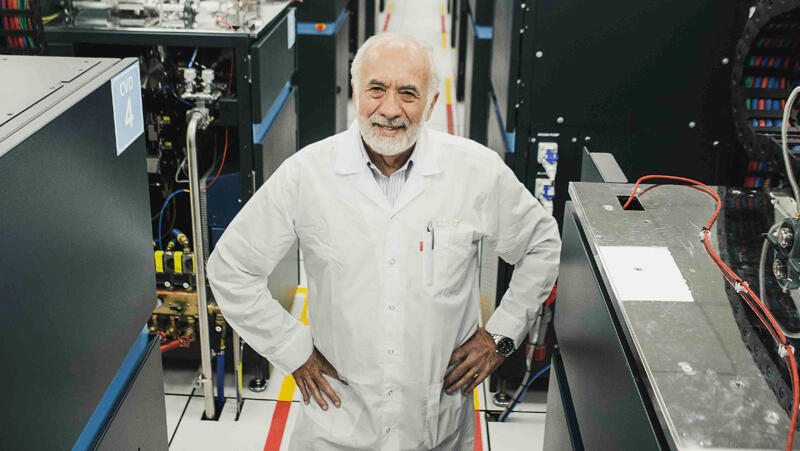
History repeats: Landa Digital Printing’s collapse mirrors Indigo’s rocky path
From bombastic promises to market reluctance, Benny Landa’s new crisis revives old lessons.
The story of the collapse of Landa Digital Printing may seem surprising at first glance, given the enormous sums, more than a billion dollars, that the company raised over its lifetime, and the bombastic statements of its founder and major shareholder, Benny Landa. But in reality, what’s surprising are the many similarities it shares with its older sibling, Indigo - Landa’s digital printing company, widely considered his greatest success. Indigo was sold for $830 million to the printing and computing giant HP in 2002, in what was hailed as a brilliant exit. However, the road to that exit was long and fraught with difficulties that strongly resemble what’s happening to Landa Digital Printing today.
Anyone who remembers Indigo’s glory days couldn’t help but smile when, in this latest round, Landa once again spoke excitedly about his company’s breakthroughs at a major printing exhibition in Germany. The phrase “we were flooded with orders” was a highlight, but in the end, these turned out to be mostly leads, not actual sales. At the exhibitions, Landa’s inventions always drew crowds and admiration, but when it came time to place orders and pay significant sums for the machines, customers cooled off. When orders didn’t materialize, revenues didn’t grow and losses piled up. The blame, then as now, was often directed outward at global circumstances, back then, the 9/11 attacks; now, the war in Israel, and at customers who weren’t ready to embrace the revolution.
In Indigo’s story, which enabled personalized digital printing, the main obstacle was the industry’s lack of readiness. Owners of printing houses were required to invest in entirely new machines and abandon years of accumulated know-how. Even now, as Landa details in his request for protection from creditors, his vision demands huge investments and a major shift in mindset from customers. From a lengthy six-week installation process to the need for special infrastructure, ventilation, electricity, air pressure, these sensitive, costly machines require significant adaptation. In both cases, the promise at the end is cheaper, faster printing of small batches, but the road to get there is long and challenging for everyone involved.
With Indigo, Landa, then younger and arguably more determined, fought to realize his dream and believed he could educate the market. He ultimately pulled off a successful exit. But at the time of its sale, Indigo was a 30-year-old company that had never met its investors’ expectations and had gone through multiple rounds of layoffs, at one point cutting a third of its workforce. Moreover, Indigo’s exit valuation was roughly the same as its value at its 1994 Wall Street IPO, but when $830 million hits your bank account, who really cares about the fine print?
The collapse of Landa Digital Printing comes as Landa nears 80, with the balance of successes and failures no longer tilting clearly in his favor. Indigo is a distant history; there was another $200 million exit when he sold a hair color matching company to L’Oreal. But today’s reality includes the collapse of Highcon, the struggles of GenCell, and the decision by Landa’s investors to stop waiting for customers to embrace his vision. Still, for HP, Indigo was a transformative acquisition, giving it a foothold in the digital printing market, an area where Landa, as an industry visionary, saw the future long before anyone else. It’s not impossible that HP could once again be Landa’s lifeline. Printing houses may not be ready for his “nano” dream, but if the technology arrives via a global giant with generous financing, they may change their minds.
At HP and across the industry, Landa is seen as more than a simple balance sheet of wins and losses, he’s an entrepreneur who dreams big. He’s the quintessential old-school founder: not the type to spin up a quick software startup with venture capital, but someone who dives deep into complex technology, whether it’s printing, synthetic diamonds, or green energy. Unlike many entrepreneurs, Landa puts significant amounts of his own money on the line, risking not only investors’ funds but his personal fortune too.
The IPOs of Highcon and GenCell on the Tel Aviv Stock Exchange are exceptions for Landa, who has admitted in the past that his companies aren’t suited to the public market. Those who usually pay the price for his bold visions are his employees. Landa is a gifted storyteller who knows how to captivate audiences and rally them to his cause, even if it sometimes turns into years of chasing an unattainable dream. Yet figures like Landa still matter to the Israeli startup nation and its story of relentless innovation. Despite his setbacks, he remains a world-renowned expert in the printing industry, as evidenced by the major names who invested in him and extended credit over the years. Landa was among the pioneers who put Israel on the global digital printing map, an industry that would later spawn major players in 3D printing and even food tech.
Though most Israeli entrepreneurs in the past decade have focused on software, many of the country’s biggest successes, aside from unicorns like Wiz, have come from deep tech, the kind of complex, capital-intensive ventures Landa favors, and that require much more patience before they deliver a return.














